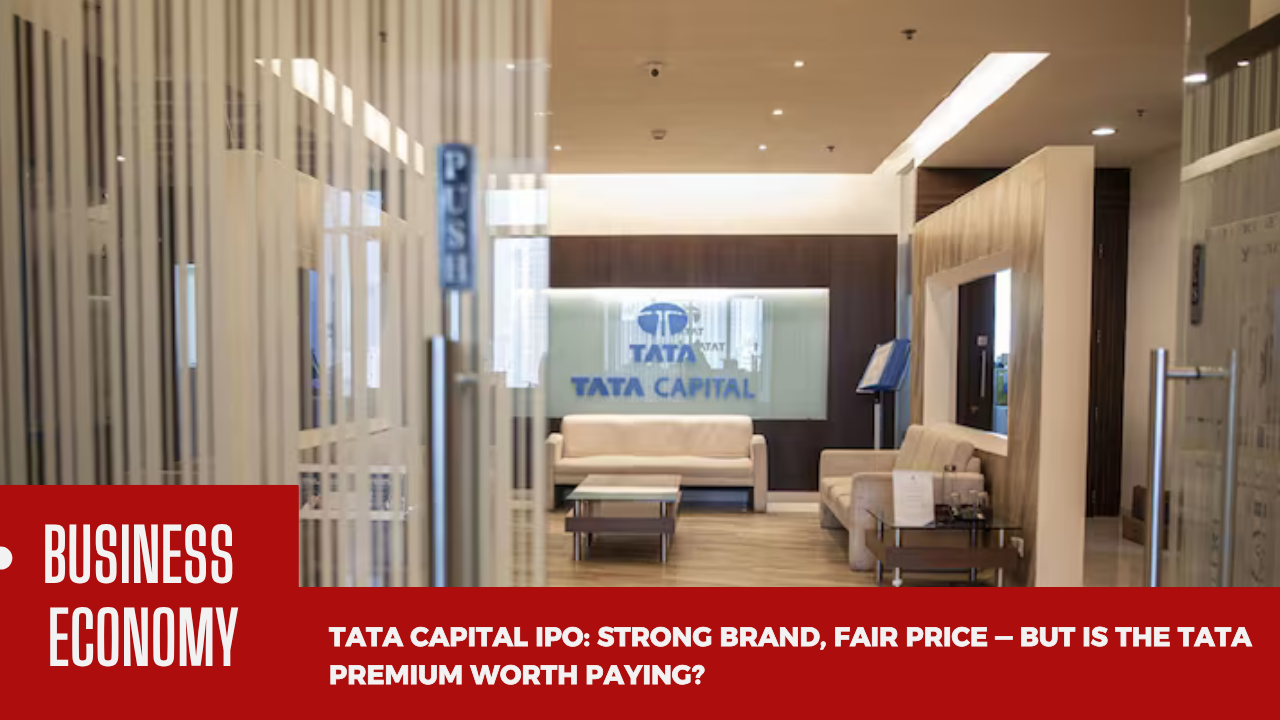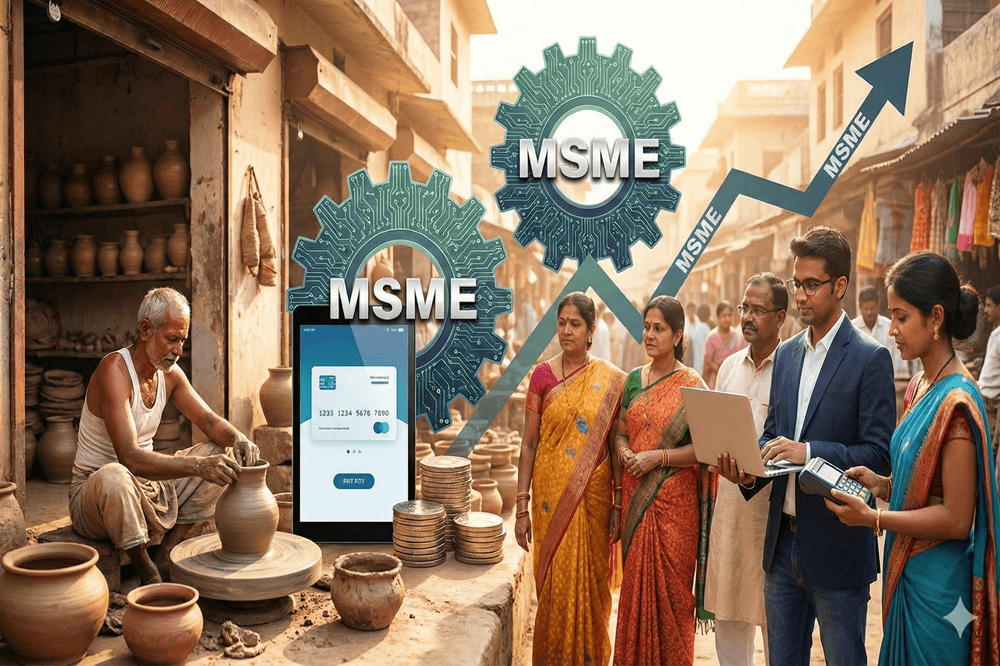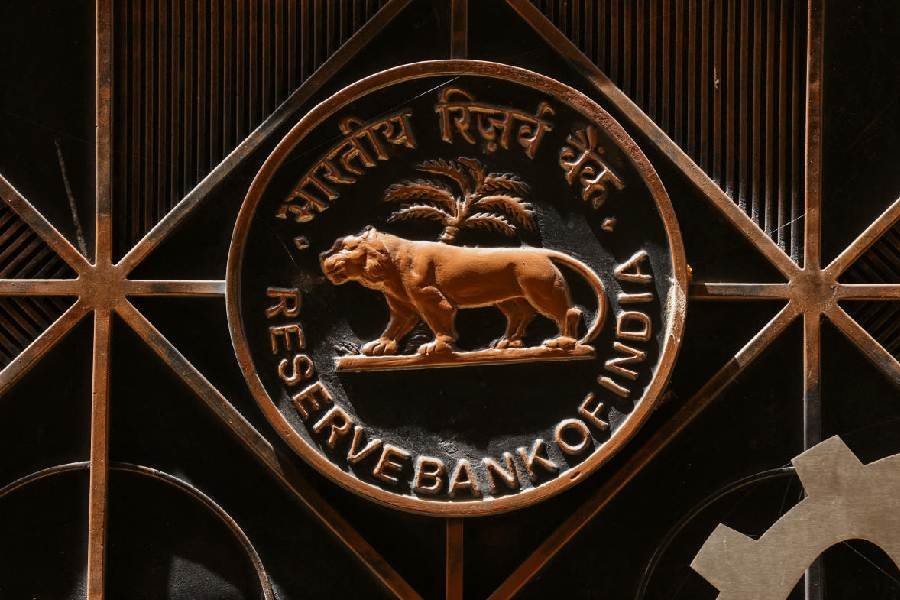Tata Capital’s much-awaited initial public offering (IPO) opened for subscription on October 6, 2025, making headlines as India’s largest IPO of the year and the biggest since Hyundai Motor India hit the markets in 2024. Backed by the Tata Group’s powerful legacy, the ₹15,500-crore public issue has attracted huge investor interest.
But beyond the buzz, a serious question lingers — does Tata Capital deserve its premium valuation, or is the IPO fully priced with limited upside for retail investors?
💡 Quick Take — Tata Capital IPO at a Glance
- IPO Price Band: ₹310 – ₹326 per share
- Implied Market Cap Post-Issue: ~₹1.38 lakh crore
- Price-to-Book (P/B): 3.4× – 4.1×
- Price-to-Earnings (P/E): ~32×
- Loan Book (AUM): ₹2.33 lakh crore (June 2025)
- Retail + SME Share: 87.5% of portfolio
- Net Interest Margin (NIM): ~5%
- Return on Equity (RoE): 12–13%
- Gross NPAs: ~1.9%
Why This IPO Matters
Tata Capital isn’t just another NBFC (Non-Banking Financial Company). It is the flagship financial arm of the Tata Group — a name Indian investors trust. The IPO will help Tata Capital strengthen its capital base (Tier-I capital), expand in affordable housing loans, vehicle finance, and SME lending, and sharpen its “phygital” (physical + digital) model that already covers 1,516 branches and over 30,000 channel partners.
Institutional demand has been strong — big names like LIC, Morgan Stanley, Goldman Sachs, Amansa Holdings, and 18 domestic mutual funds have already invested ₹4,642 crore as anchor investors. This vote of confidence shows long-term belief in the company’s stability and governance.
But let’s dig deeper into the valuation puzzle.
📊 Valuation — Fair or Fully Priced?
Tata Capital’s pricing puts it shoulder-to-shoulder with leading NBFCs — but its profitability isn’t yet in the same league.
| Metric (FY25) | Tata Capital | Bajaj Finance | Peer Avg |
|---|---|---|---|
| Loan Book (AUM) | ₹2.33 L Cr | ₹4.16 L Cr | ₹1–3 L Cr |
| Net Interest Margin | 5.1–5.2% | 9.9% | 7–10% |
| Return on Assets (RoA) | 1.8–1.9% | 4.6% | 2.2–3.5% |
| Return on Equity (RoE) | 12–13% | 19.2% | 15–20% |
| Gross NPA | 1.9% | 1.2% | 2.3–4.6% |
| Price-to-Book (P/B) | 3.4–4.1× | ~7× | 2–6× |
| Price-to-Earnings (P/E) | ~32× | ~37× | 23–33× |
Takeaway:
At 4.1× P/B and ~32× P/E, Tata Capital is not cheap — it’s priced close to well-established NBFCs like Bajaj Finance and Cholamandalam, despite having lower RoA, RoE, and NIM.
Brokerages are split:
- Deven Choksey Research: Fairly valued, stability-focused, but not a high-return play yet.
- SBI Securities: Valuation at the “upper end of fair” due to near-term profit pressure (Tata Motors Finance merger costs).
- Anand Rathi & Aditya Birla Capital: Long-term “Subscribe” due to strong parentage and scalability.
The ‘Tata Premium’ — Brand Strength Over Earnings?
So why are investors still willing to pay up?
- Governance & Safety
Tata Capital enjoys AAA domestic credit ratings and strong risk controls. Its cost of funds (~7.8%) remains among the lowest in the NBFC sector. - Parentage & Trust
The Tata Group is synonymous with reliability. That reputation attracts conservative investors who value stability over aggressive growth. - Balanced Growth Strategy
The company’s loan book is expanding at a 37% CAGR, mostly in retail and SME loans, with a controlled NPA ratio (~1.9%). - Merger Synergies (Long-Term)
Short-term profitability may dip due to the Tata Motors Finance integration, but the combined scale could drive efficiency later.
Risks to Consider Before Investing
- Thin Margins vs Peers: NIM at ~5% trails leaders like Bajaj Finance (9.9%).
- Profitability Pressure: RoA <2% and RoE ~12% — below top-tier NBFCs.
- Cost of Funds Rising: From 6.6% in FY23 to 7.8% in FY25.
- Short-Term Integration Pain: TMFL merger may weigh on returns for a few quarters.
In simple terms — you’re paying for safety and brand trust, not for explosive profit growth (at least not yet).
Investment View — Should You Apply?
If you’re a long-term investor looking for a blue-chip NBFC with low risk and strong governance, Tata Capital fits the bill. The IPO offers stability and credibility, not quick listing gains.
If you want high-growth, high-return plays like Bajaj Finance, this may feel expensive given its current return profile.















